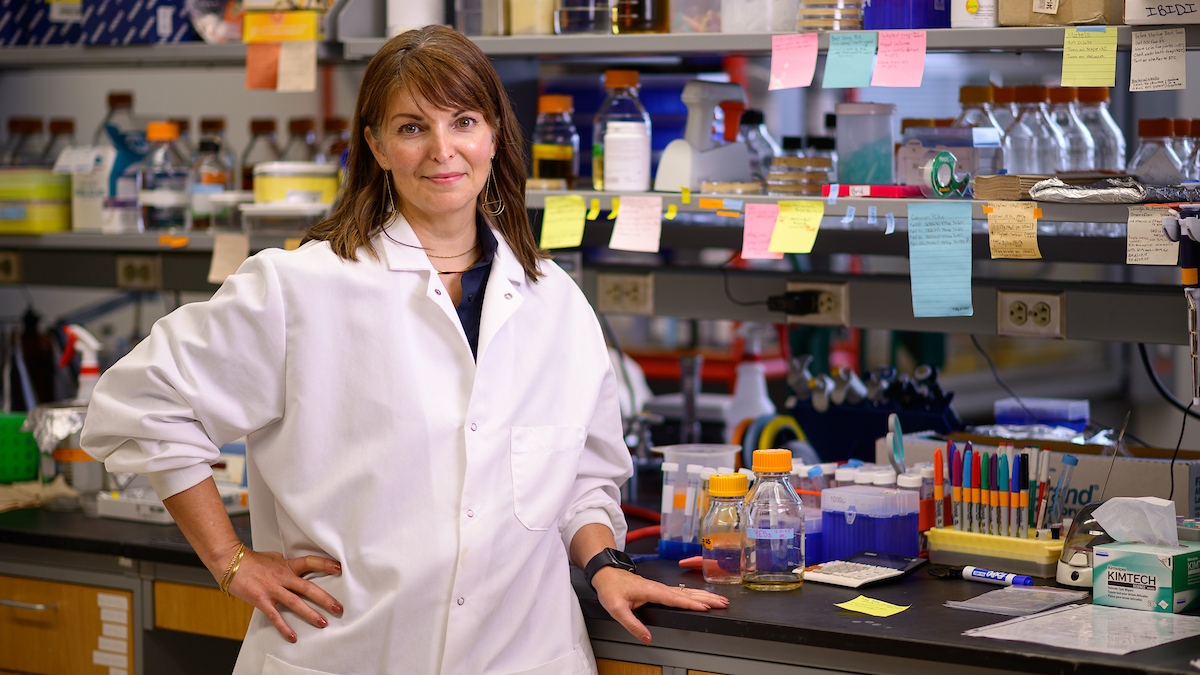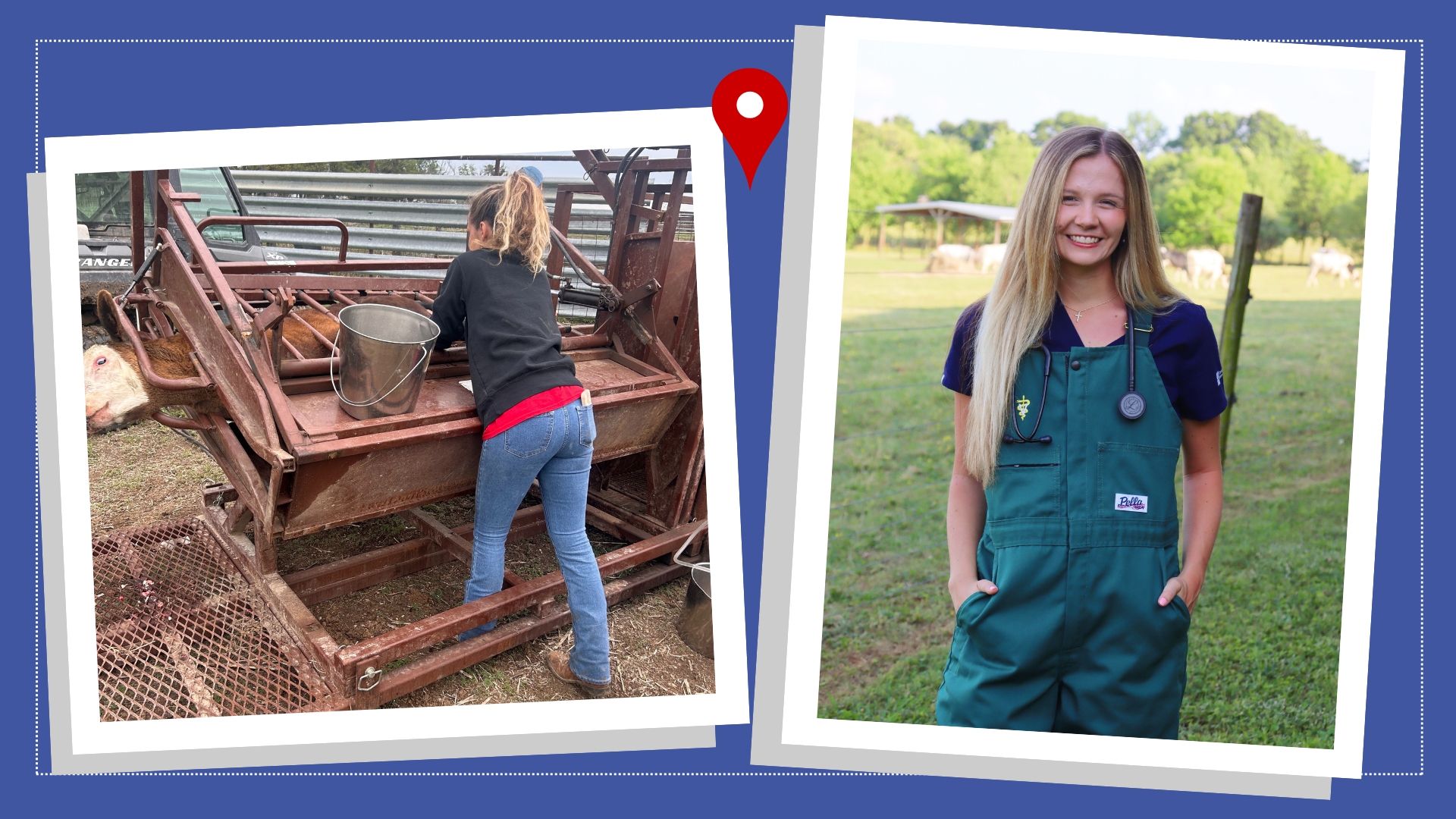Genes, Autoimmune Response May Cause Preeclampsia
WRAL-TV Report by Dr. Allen Mask
Researchers at Duke and North Carolina State universities think that previously unknown genes might cause a life-threatening condition forpregnant women and their unborn children.
Preeclampsia occurs in about one of every 10 pregnancies and is responsible for 15 percent of preterm births.
Melanie Moreschi noticed symptoms of preeclampsia late in her first pregnancy.
"Women have high blood pressure they generally develop late in pregnancy. It’s a condition where the placenta appears to outgrow its blood supply," said Dr. Andra James, an obstetrician/gynecologist with the Duke Perinatal Fetal Diagnostic.
The condition can led to strokes, seizures and organ failure in the mother, as well as preterm birth.
Moreschi delivered six weeks early, and the now 22-month-old girl is doing fine.Symptoms of preeclampsia returned, though, during Moreschi’s second pregnancy.
"We’re doing more monitoring this time and also keeping a close eye on me," she said.
Moreschi has rheumatoid arthritis, and while women with similar autoimmune disease have appeared to be at greater risk of preeclampsia, the cause was unclear.
Dr. Jorge Piedrahita, a genomics professor at N.C. State’s College of Veterinary Medicine, had been studying the genetic makeup of pig placentas and how they influence the fetus. His work grew into a collaboration with Duke comparing normal human placentas with those from preeclampsic births.
"There’s a set of five genes, all of which are involved in autoimmune diseases," Piedrahita said.
Researchers found that an autoimmune response is affecting the roots of the placenta in women withpreeclampsia.
"What seems to be happening is the mom is attacking the placental tissue," Piedrahita said.
The finding, published in the journal Placenta, "gives us a new target in our investigations into the mechanisms and cause ofpreeclampsia," James said.
The knowledge could also help doctors identify and treat at-risk patients earlier.
Moreschi said she benefited from knowing that she was at risk earlier.
"The careful monitoring and frequent doctor visits and ultrasounds and non-stress tests have certainly helped a lot," she said.
Moreschi gave birth to her second daughter after induced labor at 37 weeks. Both mom and baby are doing fine.
The NIH funded research was published in the journal Placenta.
Posted March 26, 2011
Details on Dr. Jorge Piedrahita’s research and a link to the article in Placenta available in the news release (link is no longer available).


